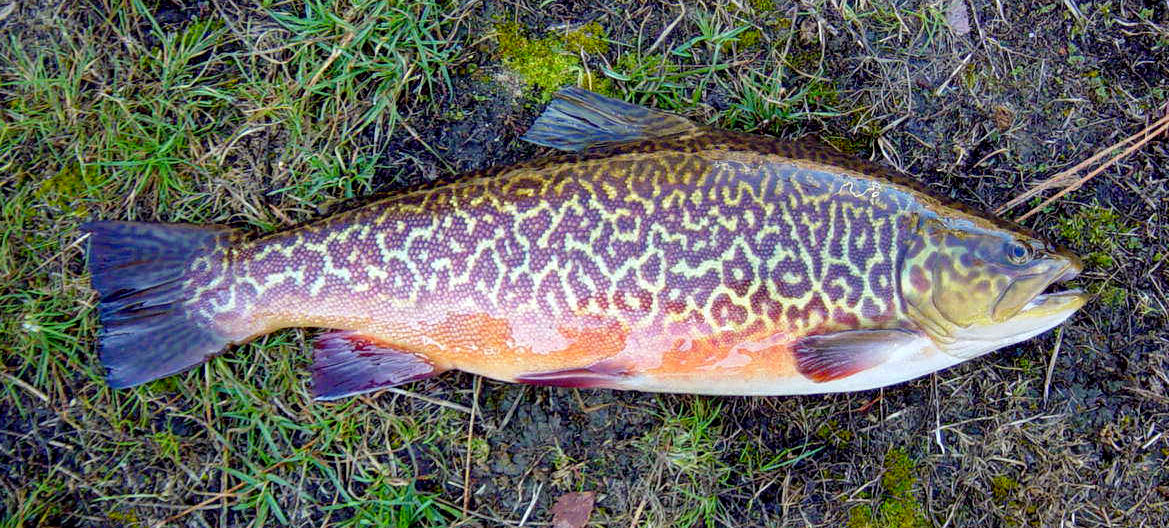

Overall, the vermiculations otherwise known as "worm shapes" on top of a brook trout are more pronounced that often look like a tiger pattern. Their coloration and markings very greatly from brightly buttered color to extremely dull grey. Again, because of their parent species, they are best targeted with minnow imitation lures and flies once they are big enough to switch over to a fish diet. Tigers are fairly disease resistant, making them a valuable species with their resistance to whirling disease. In addition to being used as a control measure, they offer fisherman an excellent sport fish opportunity.īecause of hybrid vigor and nature of the species, tiger trout are known for their quick growth rate as well as large overall size. While they rarely occur naturally in nature, they are stocked as a control measure for stunted brook trout and rough fish, such as suckers, in Colorado by Colorado Parks and Wildlife. Tiger Trout in ColoradoTiger trout are sterile hybrids of male brook trout and female brown trout. Next, sperm from a male Trapper’s Lake brook trout is added to the pan along with a splash of water, to activate the fertilization process. Providing the egg component, female brown trout are netted and her eggs are removed by gently stroking the fish’s belly in the direction of a vent, located just in front of the tail. When fall water temperatures and day length perfectly align, brown trout are cued to begin their annual spawn. Consequently, Utah Division of Wildlife Resources has been stocking them frequently, being sterile, they are able to control their population numbers also. Highly piscivorous (fish-eating), tiger trout are stocked not only for their sporting qualities, but also as a means of controlling stunted populations of brook trout and rough fish, such as suckers. Most also have a greenish cast, especially along the back. The vermiculations of the male brook trout appear enlarged and twisted into a stripe-like pattern.

Tiger’s markings are considerably different from their parents, and rather striking. Thanks to hybrid vigor, tiger trout reportedly grow much faster than either parentage. However, the survival rate of the eggs is typically low, rarely exceeding 25%, compared to the 85% typically achieved with brown trout. Hatcheries are able to produce good numbers of tigers by fertilizing brown trout eggs with brook trout milt. Due to brook trout having 84 chromosomes and the brown trout 80 this hybrid rarely occurs naturally in the wild, although instances have been reported for decades. Their name is derived from the exaggerated vermiculations that evoke a mental image of tiger stripes. Tiger Trout Tiger trout are sterile hybrids of the brown trout (Salmo trutta) and the brook trout (Salvelinus fontinalis).


 0 kommentar(er)
0 kommentar(er)
